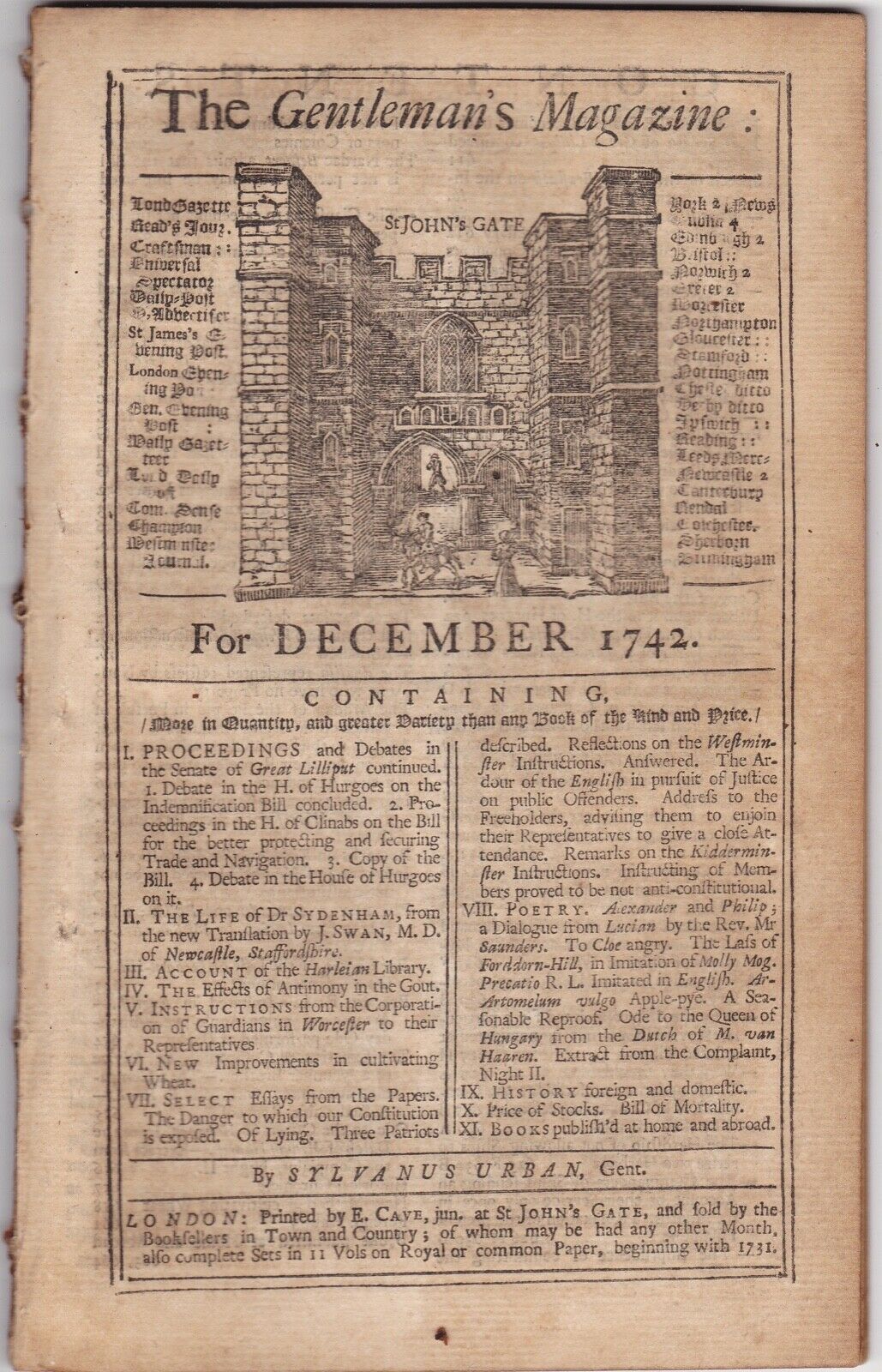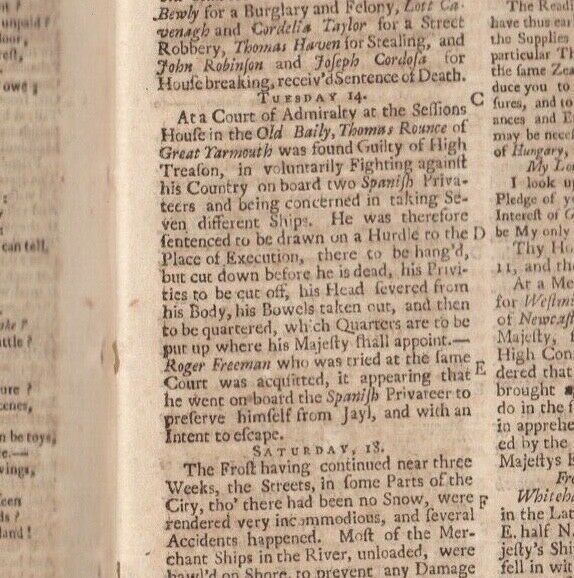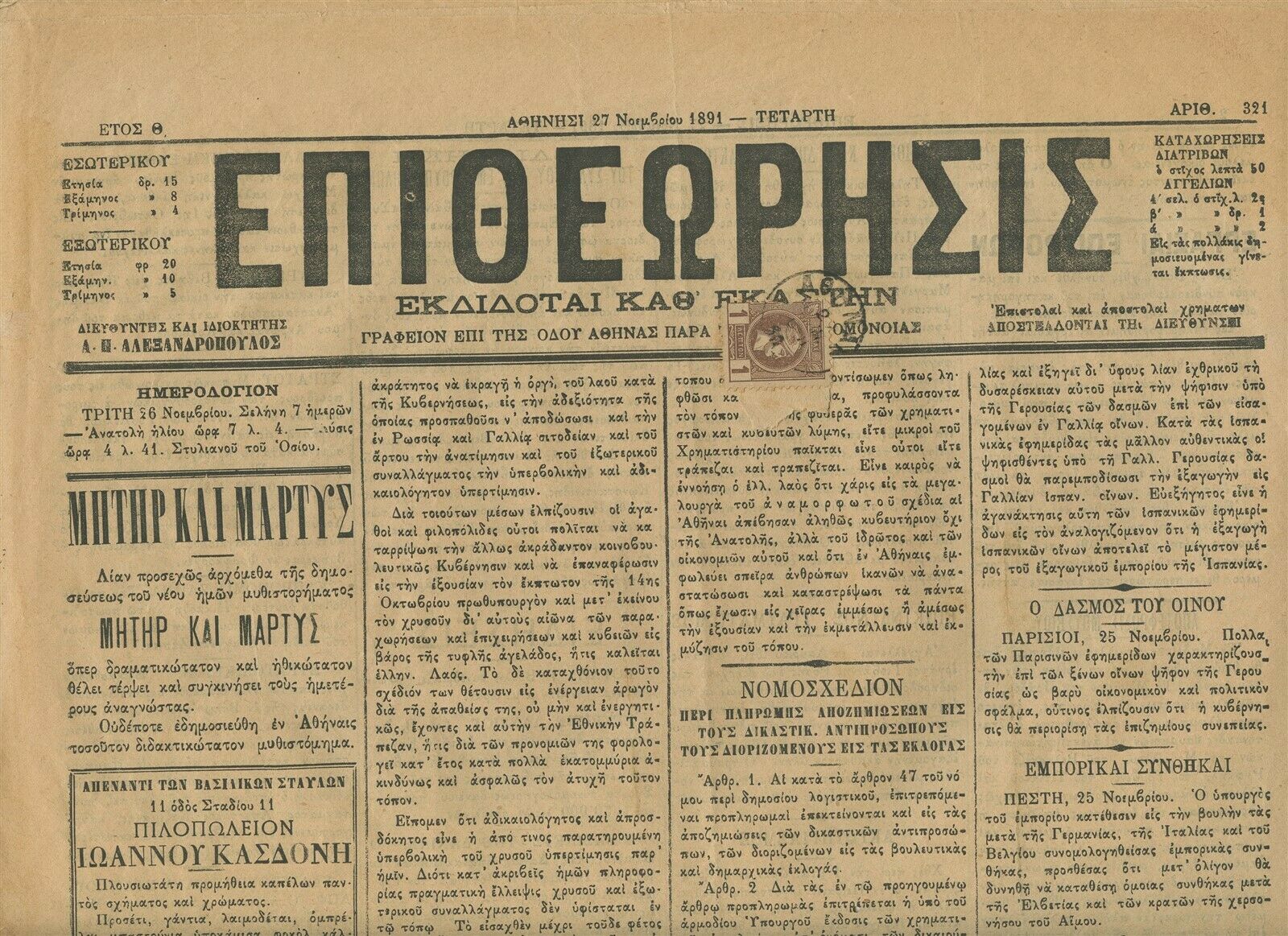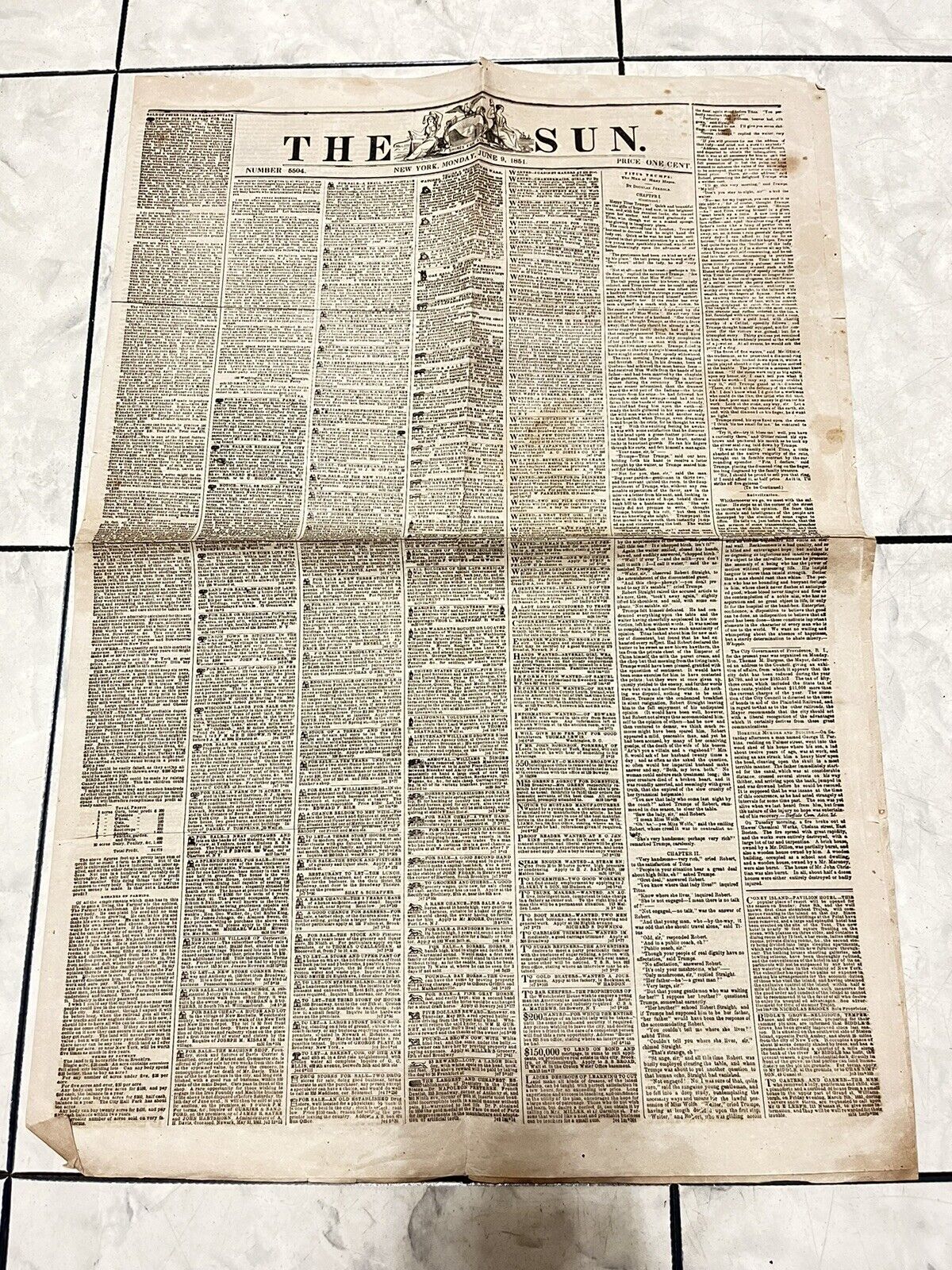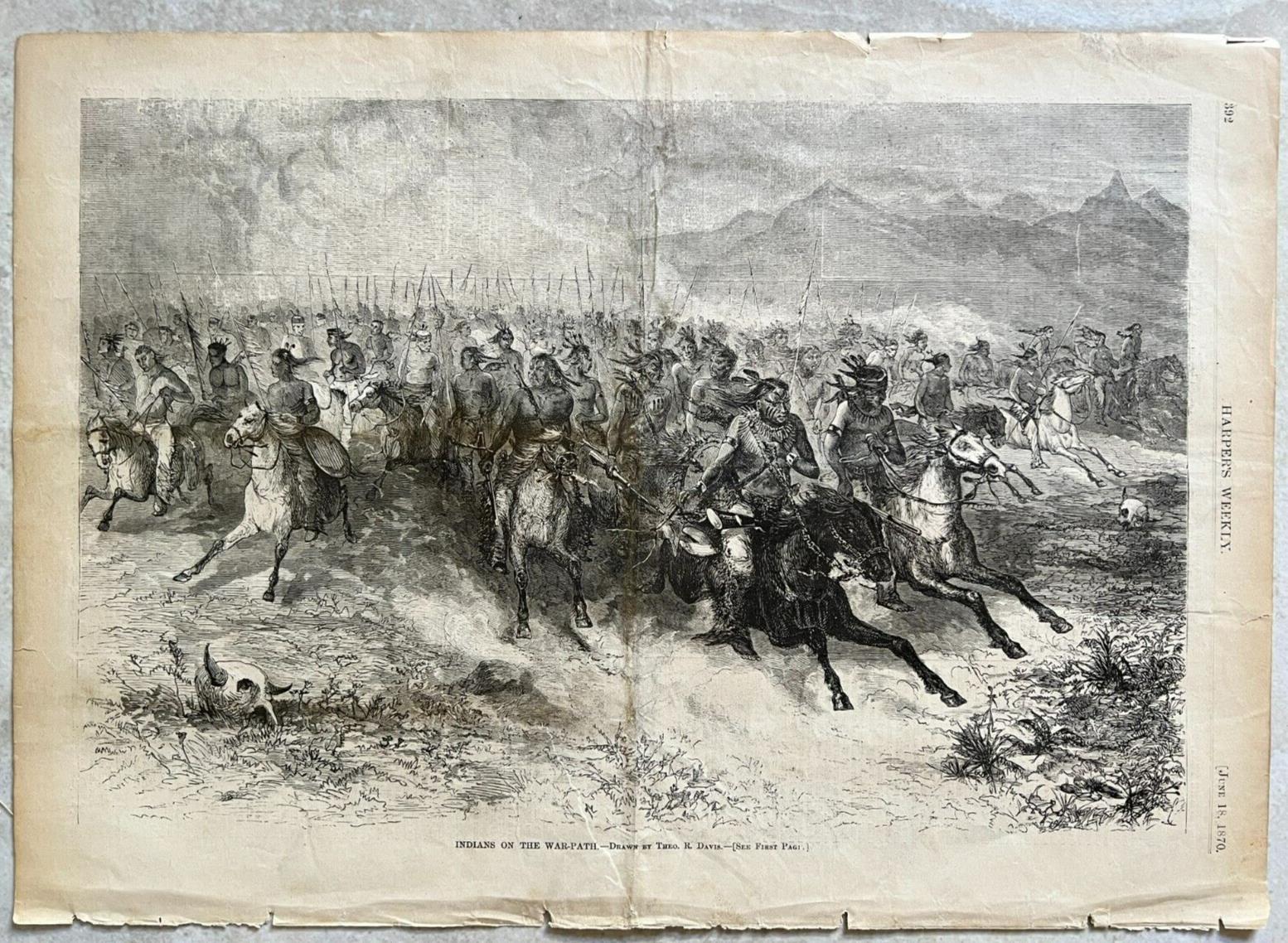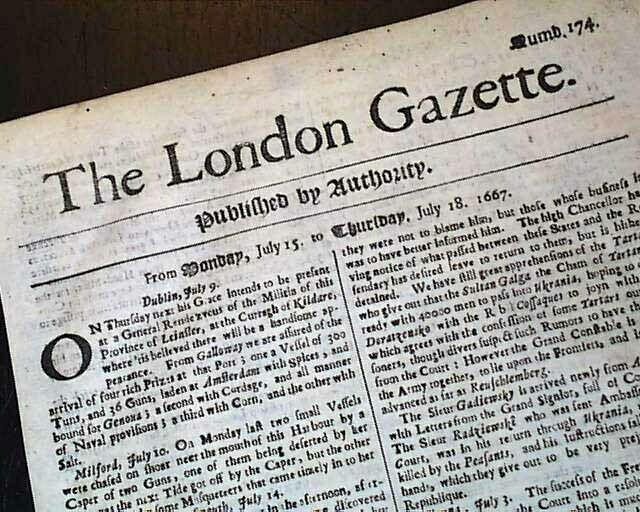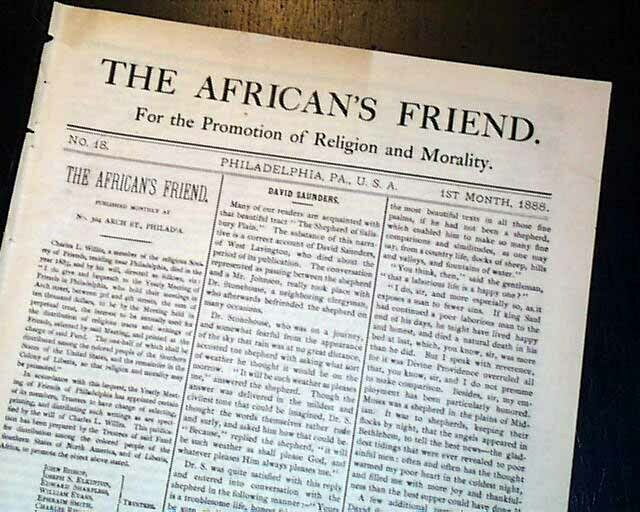-40%
1742 Gentleman's Magazine - Samuel Johnson Debates - War of Austrian Succession
$ 10.56
- Description
- Size Guide
Description
A rare and early monthly issue of the Gentleman's Magazine published in London for December 1742This venerable publication, the first to use the term "magazine", was founded in 1731 and continued uninterrupted for almost 200 years - see below. The magazine is full of domestic reports, essays, editorials, foreign news, poetry, new books, weather, births and deaths etc.
This edition of 50 pages
is particularly interesting because the initial 20 pages are dedicated to "Debates in the Senate of Lilliput" which at this time were written exclusively by Samuel Johnson - see interesting article below. Because it was illegal at the time for the press to report the debates in Parliament, Johnson used false, but thinly veiled, names for the speakers to avoid litigation (for example the Queen of Hungary is referred to as Q. of Hungruland) and relied on his notes and memory to recreate the gist of debate
The monthly report on sentences for crime includes a particularly gruesome fate for a sailor whose death program starts with his "
privities" being cut off - see scan
In other news the magazine provides a broad description of the current state of Europe including the War of Austrian Succession
From Fort Frederica in Georgia a deposition is reported of a British sailor taken prisoner by the Spanish at St.Augustine who eventually managed to escape when his captors were blown off course - see scan
Details on London deaths in the previous month by age group show children under the age of 2 representing approx. 30 % of the total - see scan. Giving birth at that time was a risky business.
Fascinating reading for the historian. G
ood condition. The magazine has been bound with other issues and subsequently dis-bound. Page size 8 x 5 inches
See more of these in Seller's Other Items, priced at a fraction of most
dealer prices
The Gentleman's Magazine
From Wikipedia, the free encyclopedia
Jump to navigation
Jump to search
Front page of
The Gentleman's Magazine
, May 1759
The Gentleman's Magazine
was a monthly magazine
[1]
founded in
London
, England, by
Edward Cave
in January 1731.
[2]
It ran uninterrupted for almost 200 years, until 1922. It was the first to use the term
magazine
(from the
French
magazine
, meaning "storehouse") for a
periodical
.
[3]
Samuel Johnson
's first regular employment as a writer was with
The Gentleman's Magazine
.
Contents
1
History
2
Series
3
Indexes
4
See also
4.1
Authors of works appearing in
The Gentleman's Magazine
5
Artists, painters, topographers associated with
The Gentleman's Magazine
6
References
7
Further reading
8
See also
9
External links
History
[
edit
]
The original complete title was
The Gentleman's Magazine: or, Trader's monthly intelligencer
. Cave's innovation was to create a monthly digest of news and commentary on any topic the educated public might be interested in, from commodity prices to
Latin poetry
. It carried original content from a stable of regular contributors, as well as extensive quotations and extracts from other periodicals and books. Cave, who edited
The Gentleman's Magazine
under the
pen name
"Sylvanus Urban", was the first to use the term
magazine
(meaning "storehouse") for a periodical. Contributions to the magazine frequently took the form of letters, addressed to "Mr. Urban". The iconic illustration of
St. John's Gate
on the front of each issue (occasionally updated over the years) depicted Cave's home, in effect, the magazine's "office".
Before the founding of
The Gentleman's Magazine
, there were specialized journals, but no such wide-ranging publications (although there had been attempts, such as
The Gentleman's Journal
, which was edited by
Peter Motteux
and ran from 1692 to 1694).
Samuel Johnson
's first regular employment as a writer was with
The Gentleman's Magazine
. During a time when parliamentary reporting was banned, Johnson regularly contributed parliamentary reports as "Debates of the Senate of Magna Lilliputia". Though they reflected the positions of the participants, the words of the debates were mostly Johnson's own. The name "
Columbia
", a poetic name for America coined by Johnson, first appears in a 1738 weekly publication of the debates of the British Parliament in the magazine.
[4]
[5]
A skilled businessman, Edward Cave developed an extensive distribution system for
The Gentleman's Magazine
. It was read throughout the English-speaking world and continued to flourish through the 18th century and much of the 19th century under a series of different editors and publishers. It went into decline towards the end of the 19th century and finally ceased general publication in September 1907. However, issues consisting of four pages each were printed in very small editions between late 1907 and 1922 in order to keep the title formally "in print".
Series
[
edit
]
Top half of Volume One, Issue One, published January 1731
1731–1735
The Gentleman's Magazine
or
Monthly Intelligencer
1736–1833
The Gentleman's Magazine
and Historical Chronicle
1834–1856 (June) New Series:
The Gentleman's Magazine
1856 (July)–1868 (May) New Series:
The Gentleman's Magazine
and Historical Review
1868 (June)–1922 Entirely New Series:
The Gentleman's Magazine
George Anson: Voyage around the world
[
edit
]
Main article:
George Anson's voyage around the world
George Anson's capture of the
Manila galleon
by
Samuel Scott
.
After setting off later than planned, Anson's squadron encountered successive disasters.
[1]
Two of his vessels, the fifth-rate
HMS
Pearl
and the fourth-rate
HMS
Severn
, failed to round
Cape Horn
and returned home. Meanwhile, the sixth-rate
HMS
Wager
was wrecked off the coast of
Chile
,
[1]
where the crew subsequently
mutinied
. The lateness of the season forced him to round the Horn in very stormy weather, and the navigating instruments of the time did not allow for exact observations.
[1]
By the time Anson reached the
Juan Fernández Islands
in June 1741, only three of his six ships remained (HMS
Centurion
, the fourth-rate
HMS
Gloucester
and the sloop HMS
Tryal
), while the strength of his crews had fallen from 961 to 335.
[1]
In the absence of any effective Spanish force on the coast, he was able to harass the enemy and to sack the small port city of
Paita
in
Peru
in November 1741.
[1]
The steady decrease of his crews by
scurvy
and the worn-out state of his remaining consorts compelled him to collect all the remaining survivors in
Centurion
.
[10]
[1]
He rested at the island of
Tinian
, and then made his way to
Macao
in November 1742.
[9]
After considerable difficulties with the
Chinese
, he sailed again with his one remaining vessel to cruise in search of one of the
Manila galleons
that conducted the trade between
Mexico
and the Chinese merchants in the
Philippines
,
[1]
where he captured the
Nuestra Señora de Covadonga
[1]
with 1,313,843
pieces of eight
[9]
on board, which he had encountered off
Cape Espiritu Santo
on 20 June 1743. The charts captured with the ship added many islands (and
phantom islands
) to the British knowledge of the Pacific, including the
Anson Archipelago
.
[11]
[12]
Anson took his prize back to Macao, sold her cargo to the Chinese, kept the
specie
, and sailed for England via the
Cape of Good Hope
. Passing by means of a thick fog a French fleet then patrolling the Channel, he reached England on 15 June 1744.
[1]
The
prize money
earned from the capture of the galleon made Anson a rich man for life
[1]
and bought him considerable political influence.
[9]
He initially refused promotion to
Rear-Admiral of the Blue
[3]
however, out of anger that the admiralty refused to sanction a captain's commission he had given one of his officers.
[1]
The Parliamentary Debates
Extracts from
The Gentleman's Magazine
,
as written by Samuel Johnson
Background
|
Debates
|
Editorial Notes
Background:
Samuel Johnson's retellings of the debates in Parliament are an early example of his vivid imagination. Because it was against the law to print transcriptions of the proceedings,
The Gentleman's Magazine
hired someone to hide in the shadows and jot down skeletal notes, which Johnson transformed into Debates in the Senate of Lilliput. The sparse nature of the notes meant that Johnson had to imagine what the speakers actually said, and drape the notes with the rhetoric which politicians might use. Johnson's imagination came into play through his efforts to give each speaker a unique voice.
Because it was illegal to reprint the Debates as if they came from Parliament, they were hidden in the fictive legislature of Lilliput, with names which the average Englishman could decode into their British counterparts. The series was successful, and considerably boosted the magazine's circulation. Johnson ended his involvement when he realized that readers mistook his imagined speeches for the real McCoy: Johnson wanted no part of an imposture.
Samuel Johnson
From Wikipedia, the free encyclopedia
Jump to navigation
Jump to search
This article is about the writer. For other people with the same name, see
Samuel Johnson (disambiguation)
.
"Johnsonism" redirects here. For the political positions of Boris Johnson, see
Boris Johnson § Political positions and ideology
.
Samuel Johnson
Samuel Johnson c. 1772,
painted by
Sir Joshua Reynolds
Born
18 September 1709
(
OS
7 September)
Lichfield
,
Staffordshire
,
England
Died
13 December 1784 (aged 75)
London
, England
Resting place
Westminster Abbey
Occupation
Poet
Playwright
Essayist
Moralist
Literary Critic
Biographer
Editor
Lexicographer
Spouse(s)
Elizabeth Porter (née Jervis)
(
m.
1735; died 1752)
Writing career
Pen name
Dr Johnson
Language
English
Alma mater
Pembroke College, Oxford
(no degree)
Notable works
A Dictionary of the English Language
A Journey to the Western Isles of Scotland
Signature
Samuel Johnson
(18 September 1709
[
OS
7 September]
– 13 December 1784), often referred to as
Dr Johnson
, was an English writer who made lasting contributions to
English literature
as a poet, playwright, essayist, moralist,
literary critic
, biographer, editor, and
lexicographer
. Religiously, he was a devout
Anglican
,
[1]
and politically a committed
Tory
. The
Oxford Dictionary of National Biography
describes Johnson as "arguably the most distinguished man of letters in English history".
[2]
He is the subject of
James Boswell
's
The Life of Samuel Johnson
, described by
Walter Jackson Bate
as "the most famous single work of biographical art in the whole of literature".
[3]
Born in
Lichfield
, Staffordshire, Johnson attended
Pembroke College, Oxford
, for just over a year, but a lack of funds forced him to leave. After working as a teacher, he moved to London, where he began to write for
The Gentleman's Magazine
. His early works include the biography
Life of Mr Richard Savage
, the poems
London
and
The Vanity of Human Wishes
, and the play
Irene
.
After nine years of work, Johnson's
A Dictionary of the English Language
was published in 1755. It had a far-reaching effect on
Modern English
and has been acclaimed as "one of the greatest single achievements of scholarship".
[4]
This work brought Johnson popularity and success. Until the completion of the
Oxford English Dictionary
150 years later, Johnson's was the pre-eminent English dictionary.
[5]
His later works included essays, an influential annotated edition of
The Plays of William Shakespeare
, and the widely read tale
The History of Rasselas, Prince of Abissinia
. In 1763, he befriended
James Boswell
, with whom he later travelled to Scotland; Johnson described their travels in
A Journey to the Western Islands of Scotland
. Towards the end of his life, he produced the massive and influential
Lives of the Most Eminent English Poets
, a collection of biographies and evaluations of 17th- and 18th-century poets.
Johnson was a tall
[a]
and robust man. His odd gestures and
tics
were disconcerting to some on first meeting him. Boswell's
Life
, along with
other biographies
, documented Johnson's behaviour and mannerisms in such detail that they have informed the
posthumous diagnosis
of
Tourette syndrome
,
[6]
a condition not defined or diagnosed in the 18th century. After a series of illnesses, he died on the evening of 13 December 1784, and was buried in
Westminster Abbey
. In the years following his death, Johnson began to be recognised as having had a lasting effect on literary criticism, and he was claimed by some to be the only truly great critic of English literature.
[7]
show
